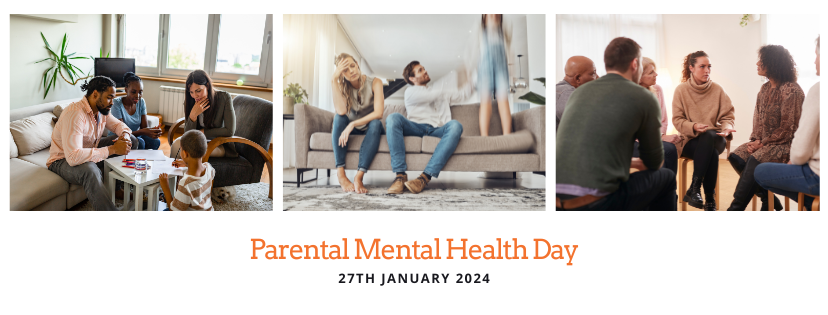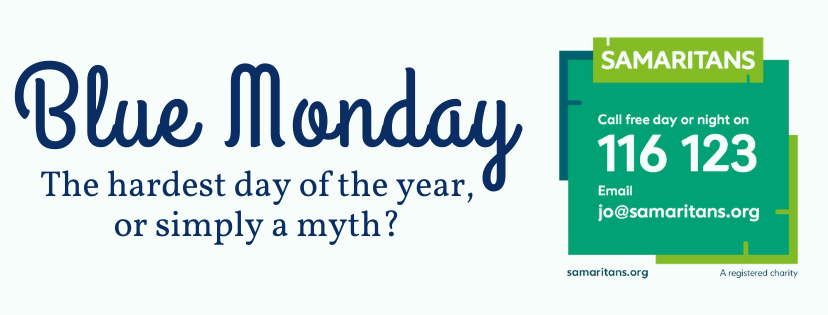Seasonal Affective Disorder (SAD) is a type of depression which comes and goes in seasonal patterns. It is sometimes referred to as ‘Winter Depression’ as for most people the symptoms are more severe and apparent in the wintertime. Some people may feel worse in the summer months and better in the winter, others may feel their symptoms are more prominent depending on the weather.
Most people will feel their mood change during different times of year, no one enjoys every season and all weathers. There will always be a certain season that makes us feel a little bit more uncomfortable than others and that is okay! However, if your change in mood starts to have an impact on your day to day life, then you may be experiencing SAD.
SAD affects around 2 million people in the UK alone. It affects three times more women than men and most often occurs during the time in which women can have children. Although it can affect anyone at any time, it is less likely to affect children and older people.
Symptoms:
Symptoms are very much the same as clinical depression, however, they tend to be much more prominent during a certain time of year. They include:
- Persistent low mood
- Loss of interest and pleasure in normal, everyday activities
- Irritability
- Feelings of despair, worthlessness and guilt
- Having a lack of energy
Some symptoms may be more prominent depending on whether you are experiencing Winter-Pattern SAD or Summer-Pattern SAD:
Winter-Pattern:
- Oversleeping
- Overeating – especially in carbs (may lead to increase in weight)
- Socially withdrawn
Summer-Pattern:
- Trouble sleeping
- Poor appetite – potentially leading to weight loss
- Restlessness / agitation
- Increased anxiety
- Episodes of violent behaviour
Treatments:
There are various treatments available for those who experience Seasonal Affective Disorder (SAD). Not everyone’s experience with the disorder will be the same and therefore their treatment plans will differ, this is why talking to your GP and other medical professionals is important so that they can make sure your treatment plan is best suited to your needs.
Self-Help can go a long way! Take care of yourself, take a couple of minutes out of your day to do something just for you. Being outside and getting as much natural light as possible is a great place to start. Try going for walks during daylight hours, or doing any usual exercise routines outdoors. Try to talk to people you trust, let them know how you are feeling, get their support and try to socialise, even if it is just for an hour a day.
Light Therapy is a common form of treatment for those with SAD. It comes in the form or a lightbox and it replicates sunlight, without the ultraviolet rays, therefore it is not bad for your eyes or your skin. These are often used for 30 minutes to an hour each day and are best used at breakfast time. It is not recommended that they are used past 5 pm as it can lead to trouble sleeping. These are not available from the NHS, but can be purchased for around £80-£100.
It may also be helpful to use a dawn simulating alarm clock if you have to get up in the early hours on those dark winter mornings. These clocks turn on a dim light an hour prior to your alarm going off, during that hour, the light gradually becomes brighter to simulate the sun coming up and helping to wake up your body in a more natural and less harsh manner.
Medication may also be used, often in the form of anti-depressants such as sertraline, citalopram and fluoxetine. These do not have side-effects of drowsiness. For those with SAD, medication is often prescribed to be taken in Autumn, through to the following Spring.
Self-Care Tips
There are a few things that you can try that may help to ease some of the symptoms of SAD:
- Trying to keep active – whether this is going to the gym, doing home work-outs or simply going for more walks.
- Going outside more! Being outside has shown to have a great impact on mental health – especially depression. Wrap up warm and spend some time outdoors.
- Eat healthy – Try to eat more healthy foods, more fruit and vegetables and a balanced diet.
- Light boxes or dawn simulating alarm clocks.
- Try a new hobby!
- Try to see your friends and family as often as possible.
- Talk about it – whether this is to a friend, a family member or a health professional.
- Seek help if you are struggling.
We are approaching those dark, chilly Autumn/Winter days rather quickly! So please do speak to someone if you think that these symptoms relate to you and how you are feeling. It is okay to seek help and admit that you are struggling. You can read more about Seasonal Affective Disorder using the links below.
Mind Charity – What is Seasonal Affective Disorder
Royal College of Psychiatrists – Seasonal Affective Disorder
Updated: October 2023


